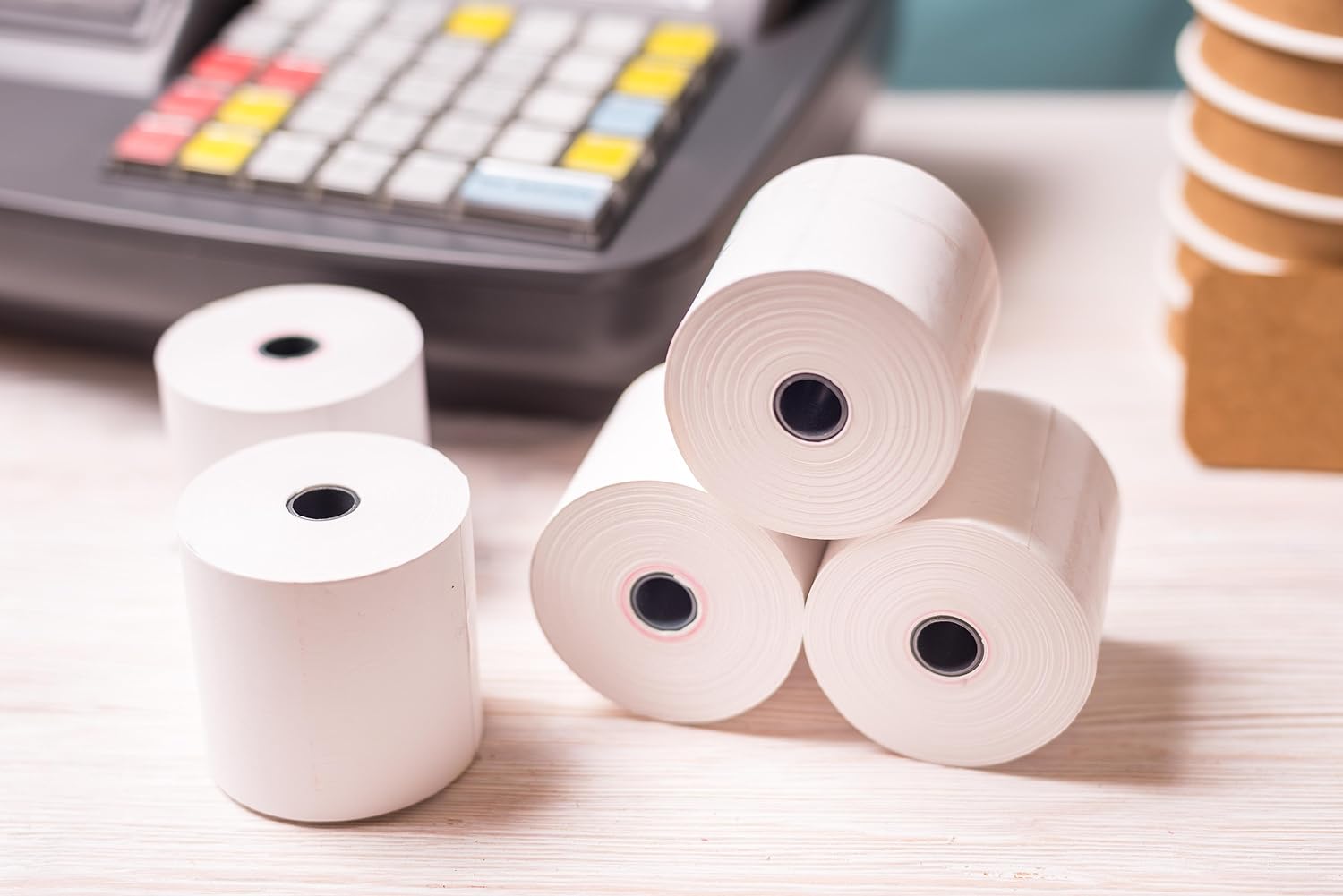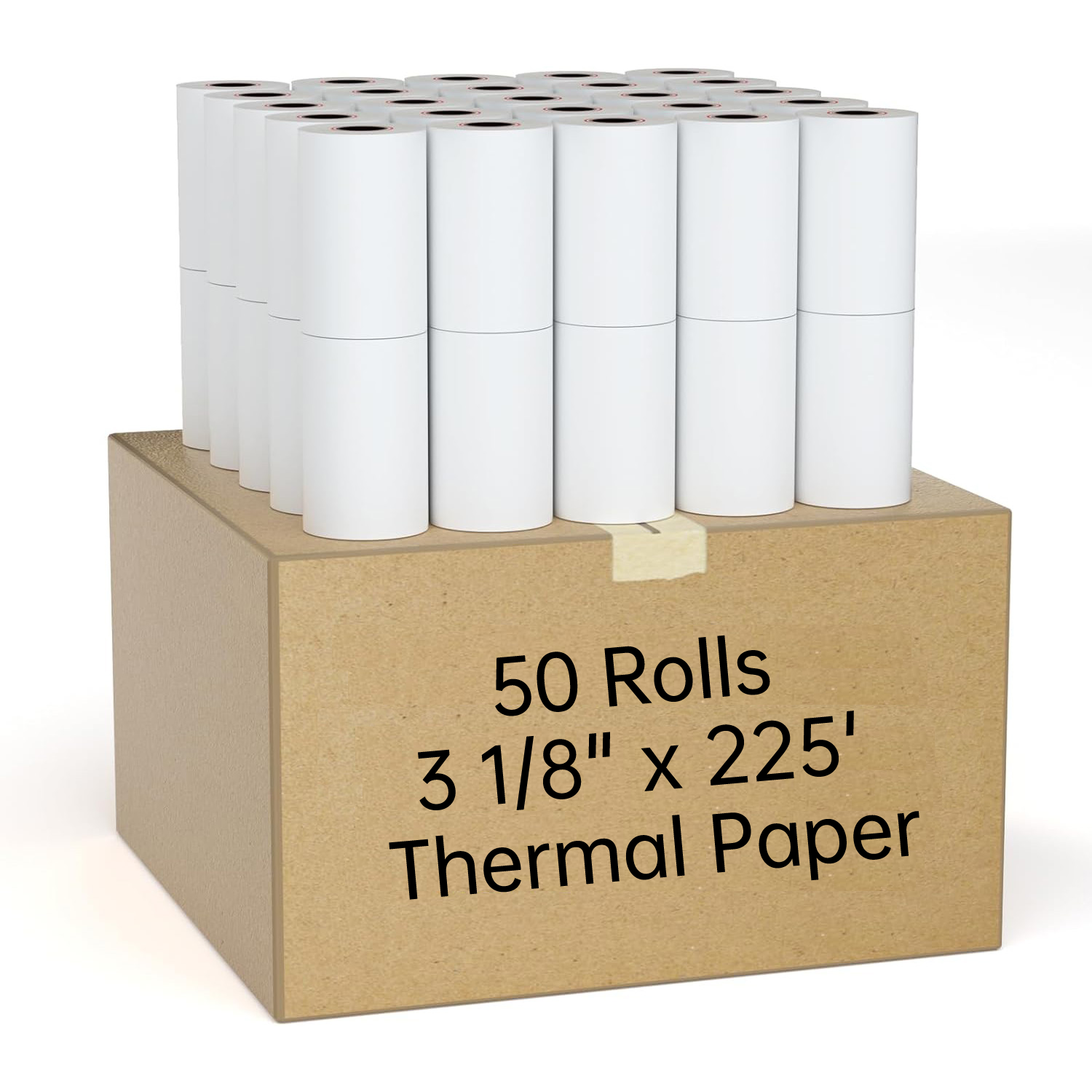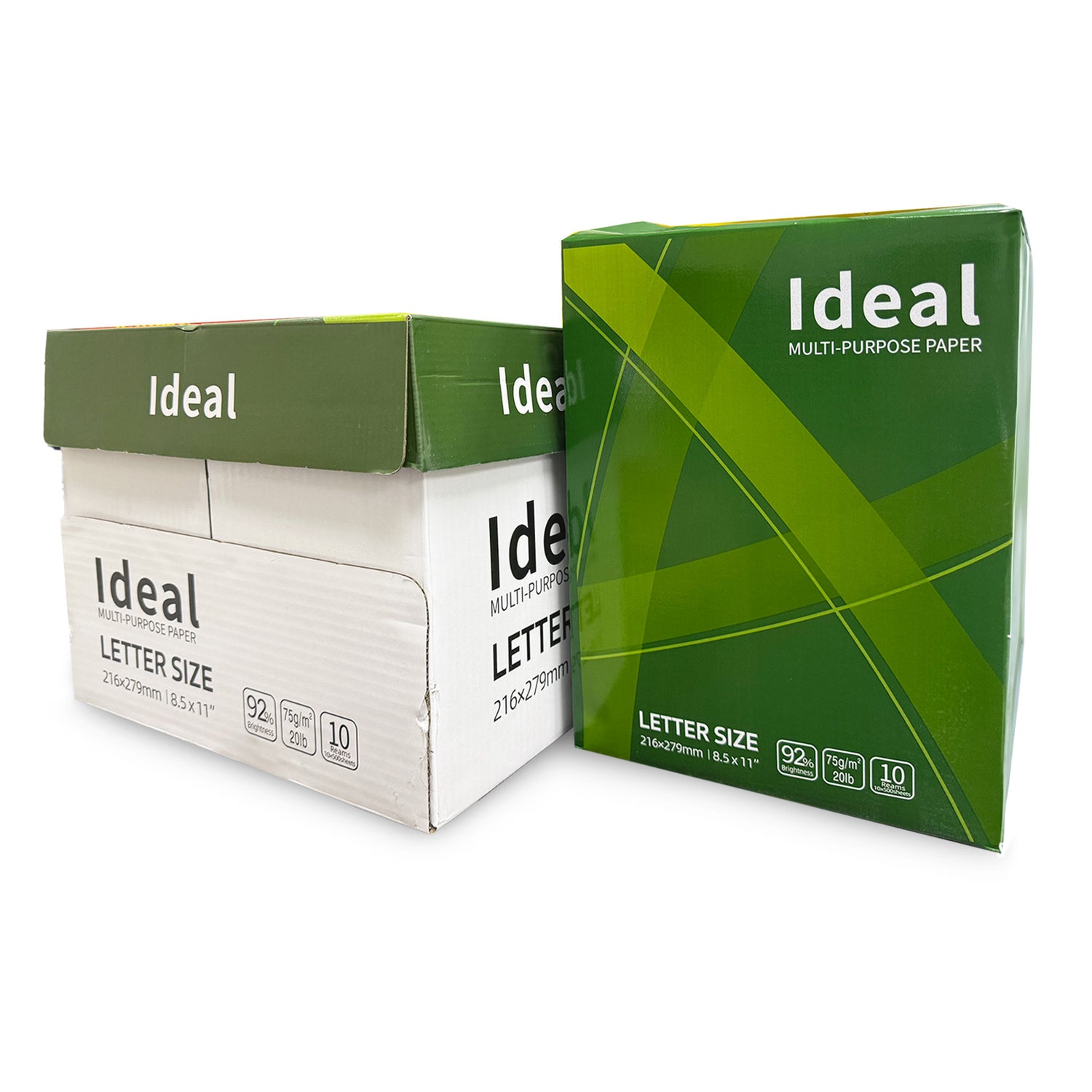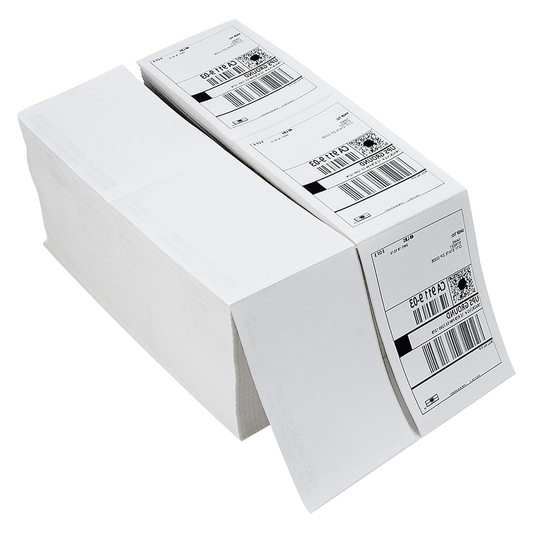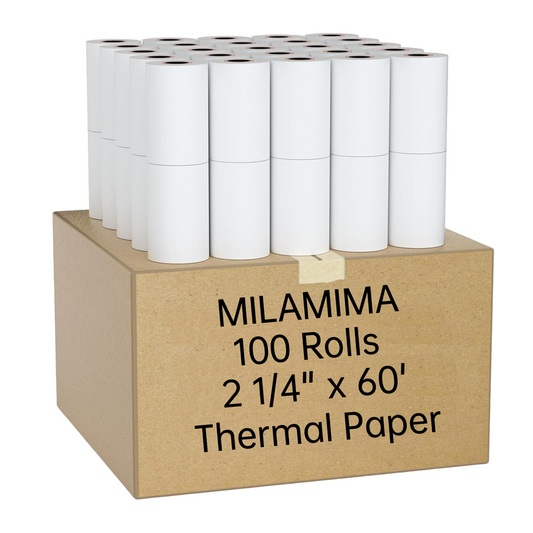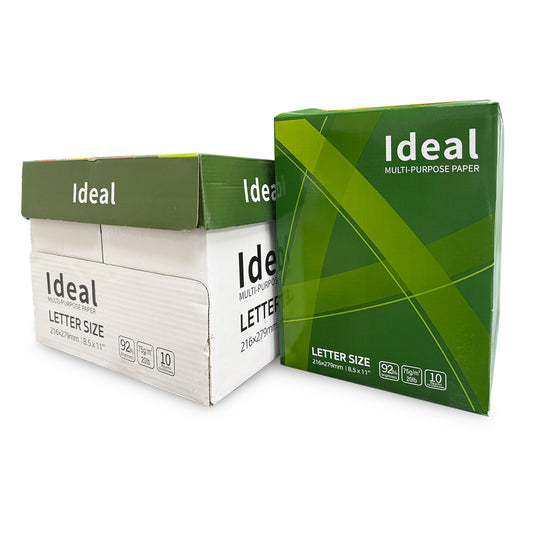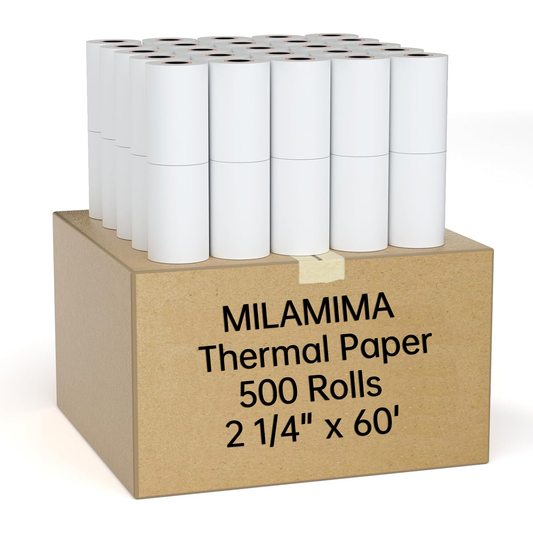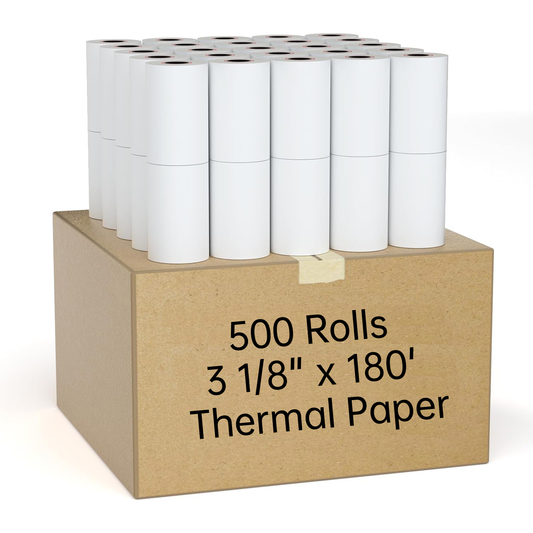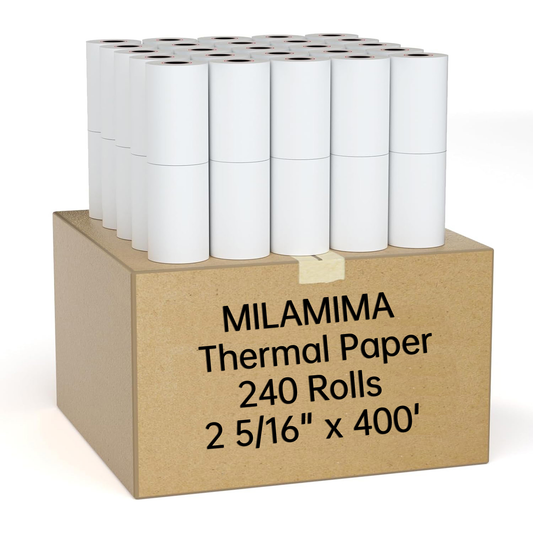Introduction: A leaky faucet handle can be more than just an annoying drip; it can waste a significant amount of water and increase your utility bills. Fortunately, fixing a leaky faucet handle is a manageable DIY task. This guide will walk you through the steps to identify and repair the issue effectively.
1. Turn Off the Water Supply Before starting any repair, ensure the water supply is turned off to prevent accidental spillage. Locate the shut-off valve under the sink and turn it off. Open the faucet to confirm no water is flowing. Gather tools like an adjustable wrench, screwdriver, replacement parts (washer or O-ring), a towel, and protective gloves.
2. Remove the Faucet Handle Remove the decorative cap on the faucet handle to access the screw. Use a screwdriver to unscrew it and lift off the handle. If it's stuck, use a handle puller or gently tap it.
3. Find the Source of the Leak Inspect the internal components for signs of wear or damage. Common issues include worn-out washers or O-rings. Check for any cracks or misalignment.
4. Replace the Worn or Broken Part Visit a hardware store to get a replacement for the faulty part. Install the new part, ensuring it is correctly aligned and seated.
5. Reassemble the Faucet Reattach the handle and secure it with the screw. Replace the decorative cap if applicable. Turn the water supply back on and check for any leaks. If the problem persists, consult a professional.
Types of Faucets and Repair Tips:
- Compression Faucets: Remove decorative caps, unscrew handles, and replace seat washers and O-rings.
- Ball Faucets: Remove the handle and cover, replace inlet seals, springs, and O-rings.
- Cartridge Faucets: Unscrew the handle, remove the retaining clip, replace O-rings, and reassemble.
- Ceramic Disk Faucets: Remove the escutcheon cap and disk cylinder, replace neoprene seals, and reassemble.
Preventive Tips:
- Inspect Regularly: Check faucets every three to six months for wear and tear.
- Clean and Care: Use mild soap and water or vinegar to clean faucets and prevent buildup.
- Address Minor Issues: Tighten loose components and replace worn-out parts promptly.
- Manage Water Pressure: Ensure your water pressure is between 40 and 60 psi to avoid strain on plumbing.
When to Call a Professional: If you're uncomfortable with DIY repairs or if the leak leads to water damage, consider contacting a professional plumber or restoration service.


